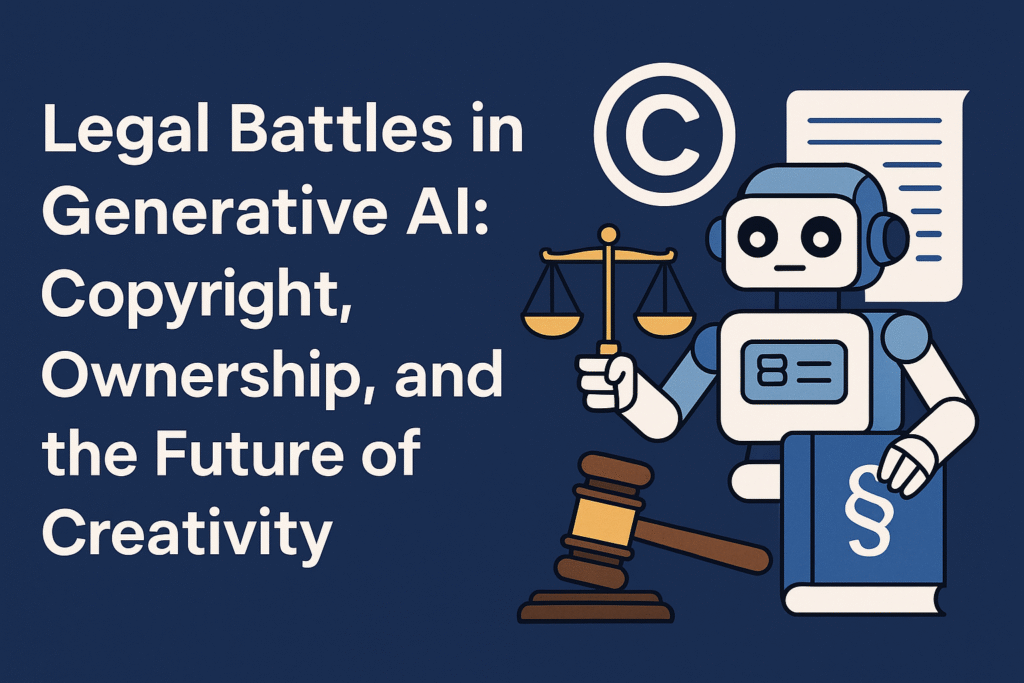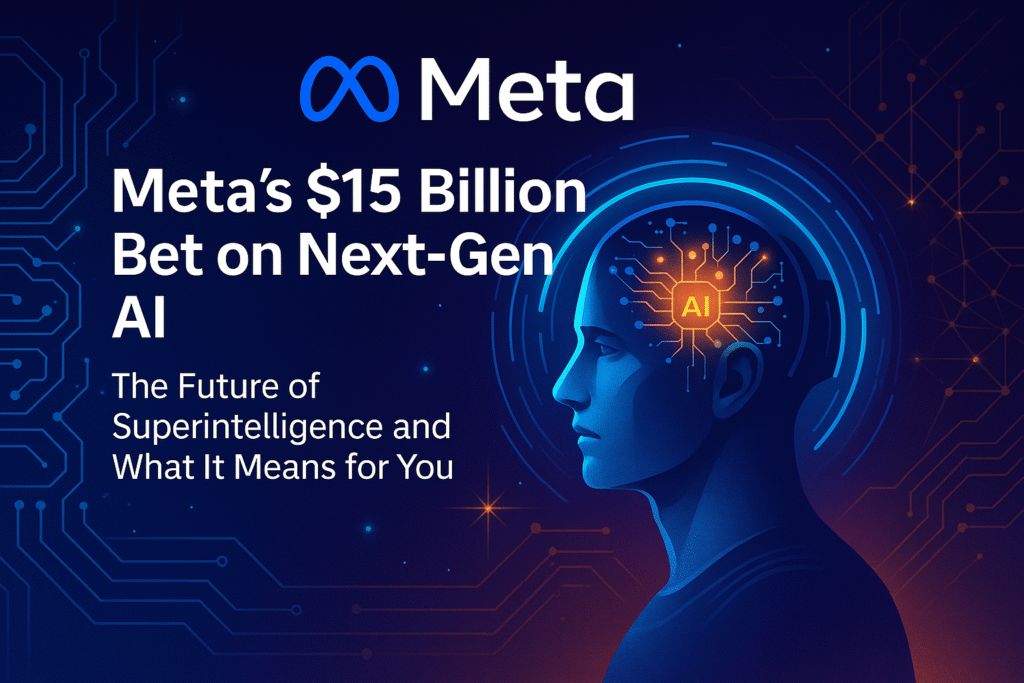
In a striking sign of Wall Street’s digital transformation, Goldman Sachs has announced that it now uses artificial intelligence (AI) to generate up to 95% of IPO prospectuses, a process once dominated by junior analysts and investment bankers. The announcement, first reported by The Financial Times, reflects how deeply AI automation is embedding itself in core financial operations.
This AI overhaul isn’t just about boosting efficiency — it’s a paradigm shift in how finance works, raising questions about the future of financial jobs, compliance, and the human touch in capital markets.
Let’s break down what’s happening, how Goldman Sachs is using AI, and what it means for the future of finance.
What Did Goldman Sachs Announce?
Goldman Sachs confirmed that it now uses generative AI and natural language processing (NLP) to draft Initial Public Offering (IPO) documents, including prospectuses and regulatory filings.
The process that once took analysts days or weeks — researching financial history, drafting legal sections, and formatting data — is now automated within minutes using proprietary AI systems.
According to a company insider:
“Our system automates up to 95% of a typical IPO prospectus. Human review is still essential, but AI takes care of the first draft.”
How Is AI Used in IPO Drafting?
AI plays a crucial role in automating repetitive, high-volume document creation in investment banking. Here’s how Goldman Sachs reportedly uses AI in IPO filings:
Data Extraction & Structuring
AI systems parse company financials, historical records, and industry benchmarks to pre-fill standardized sections of prospectuses.
Legal Drafting Assistance
NLP models generate risk factor sections, disclaimers, and compliance-based text blocks with minimal manual input.
Formatting & Editing
AI formats documents to meet SEC guidelines and firm-specific layout rules — eliminating hours of Excel-to-PDF conversions.
Comparative Analysis
Generative AI compares filings across similar IPOs and auto-suggests best-practice phrasing or disclosures.
Technology Behind the Scenes
While Goldman has not disclosed the full tech stack, industry analysts speculate the following:
- Proprietary LLMs (fine-tuned internally)
- Custom AI copilots built on models like OpenAI’s GPT or Anthropic’s Claude
- Deep integration with tools like Excel, Word, and deal databases
Goldman is also believed to be running in-house AI labs, supported by teams of prompt engineers and financial model trainers.
Impact on Wall Street Jobs
The rise of AI is transforming traditional entry-level investment banking roles, particularly among analysts and associates. Tasks once considered rites of passage — drafting pitch books, preparing prospectuses, and updating financial models — are now heavily automated.
What Roles Are at Risk?
- Junior investment analysts
- Legal assistants and paralegals
- Compliance documentation teams
- Formatting and DTP specialists
A growing number of Wall Street firms, including JPMorgan and Morgan Stanley, are following suit with AI-driven automation in both front-office and back-office tasks.
However, Goldman insists that human oversight remains vital:
“AI augments analysts—it doesn’t replace them. It lets them focus on higher-level tasks.”
Benefits of AI-Driven IPO Processes
The automation of IPO filings offers several advantages:
Speed
Documents that once took weeks are now completed in hours, accelerating time-to-market for IPO clients.
Cost Savings
Reduced hours translate to lower billable costs for clients, which is crucial for smaller IPOs and SPACs.
Accuracy & Consistency
AI ensures standardized phrasing, regulatory compliance, and reduced human errors in sensitive financial content.
Competitive Edge
Goldman Sachs gains an advantage over less tech-savvy banks, attracting AI-native startups and clients who value automation.
Concerns & Regulatory Implications
Despite the benefits, there are valid concerns:
Legal & Regulatory Risk
If AI drafts sensitive legal content, who is liable for errors or omissions?
Over-Reliance on Automation
Relying too much on AI might create blind spots or lead to boilerplate risks that don’t fully reflect each company’s unique profile.
Erosion of Talent Pipelines
If AI replaces junior roles, where will future senior bankers be trained?
SEC Scrutiny
The U.S. Securities and Exchange Commission (SEC) is reportedly reviewing how AI affects financial disclosures, and new regulations may emerge in 2025–2026.
What This Means for the Finance Industry
The Goldman Sachs AI IPO automation move is a wake-up call for:
- Financial institutions: Adapt or risk obsolescence.
- Job seekers: Upskill in AI literacy, prompt engineering, and regulatory tech.
- Startups: Use this model to explore how AI can simplify complex workflows like tax filing, audits, or loan underwriting.
The bigger picture? AI isn’t coming for finance—it’s already in finance.
Useful Links
- Financial Times – Goldman Sachs AI IPO announcement
- SEC Filings Guide
- Amazon to Cut Corporate Jobs as AI Spreads
- AI Democratization

